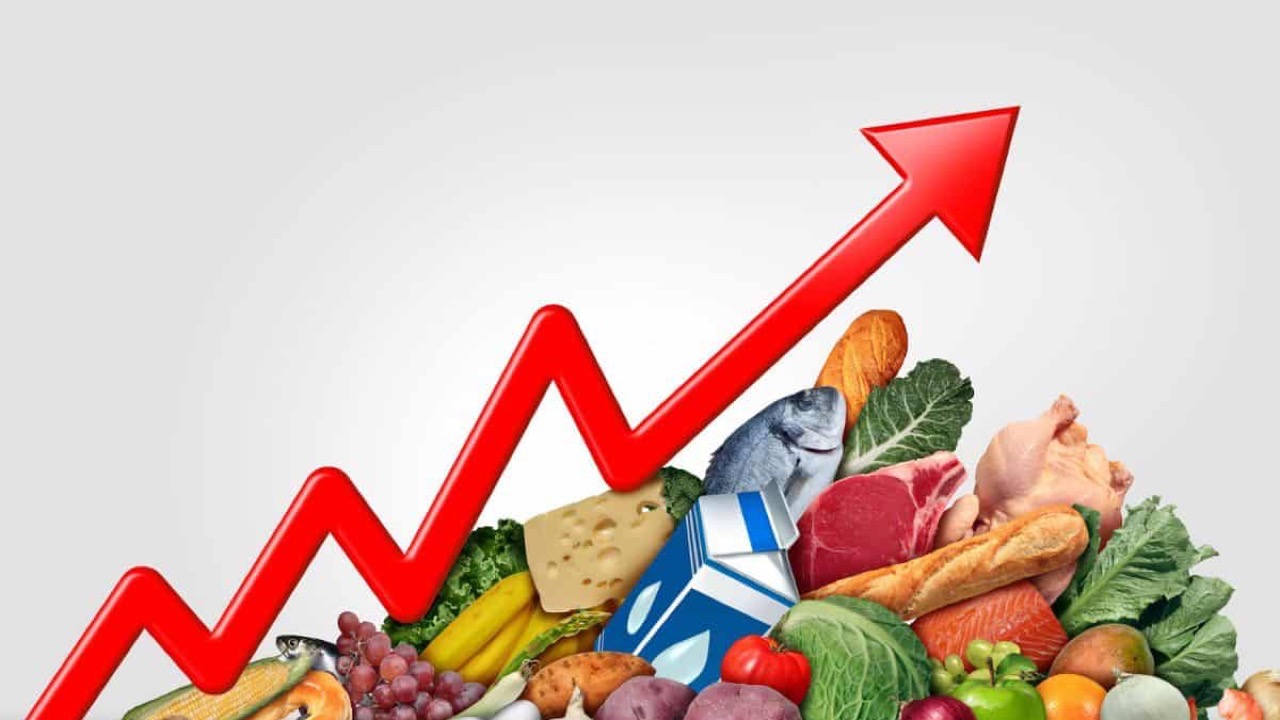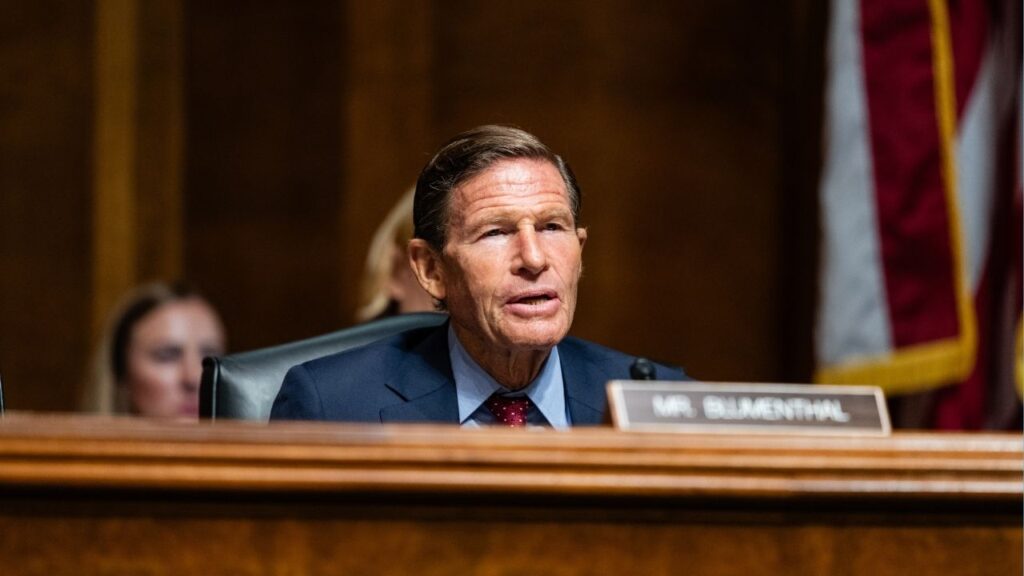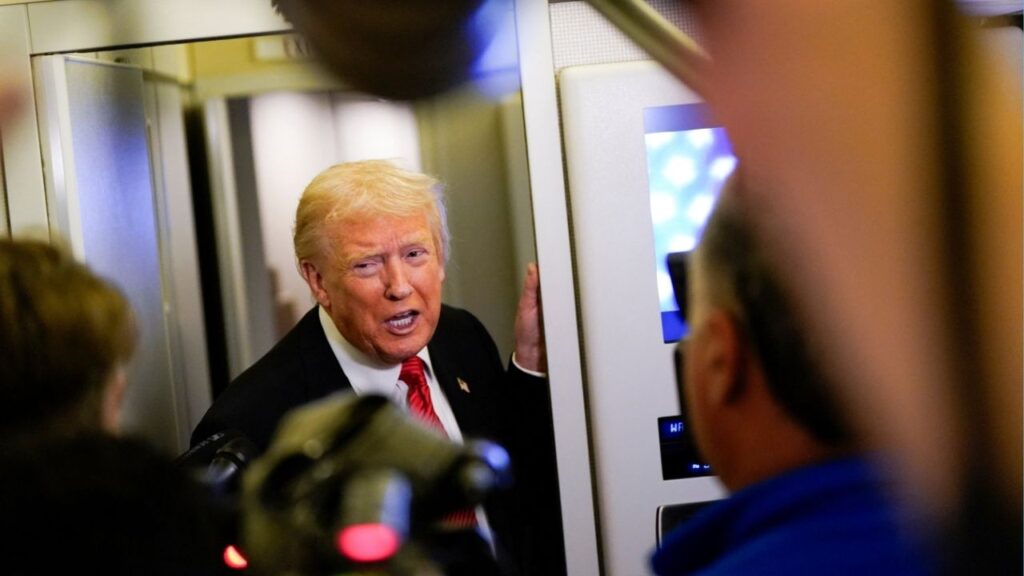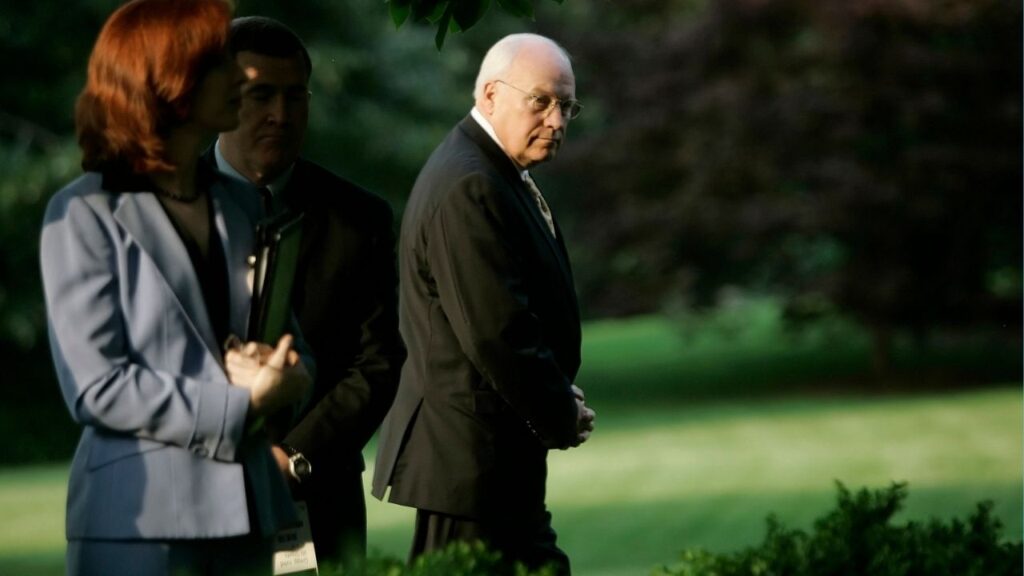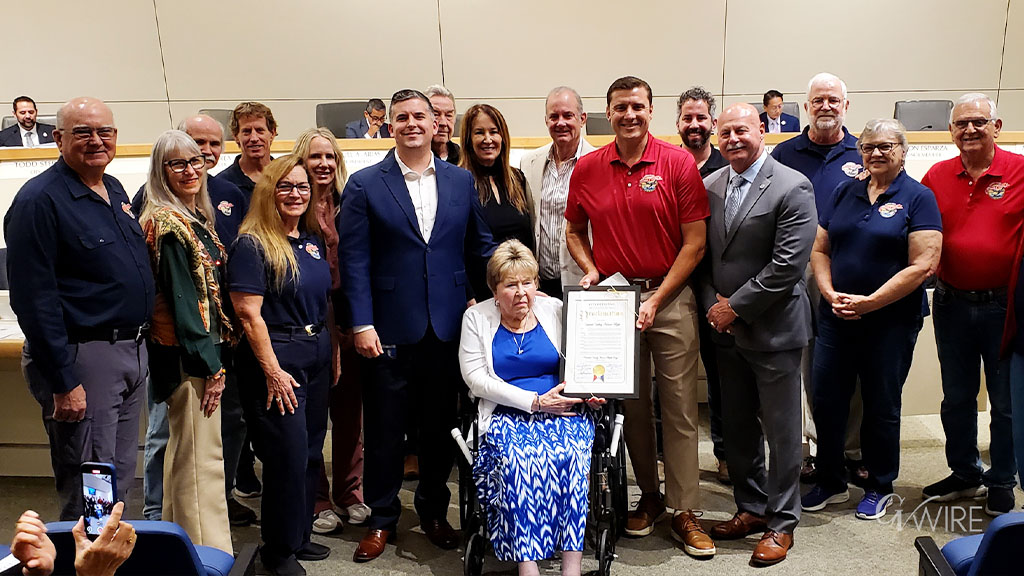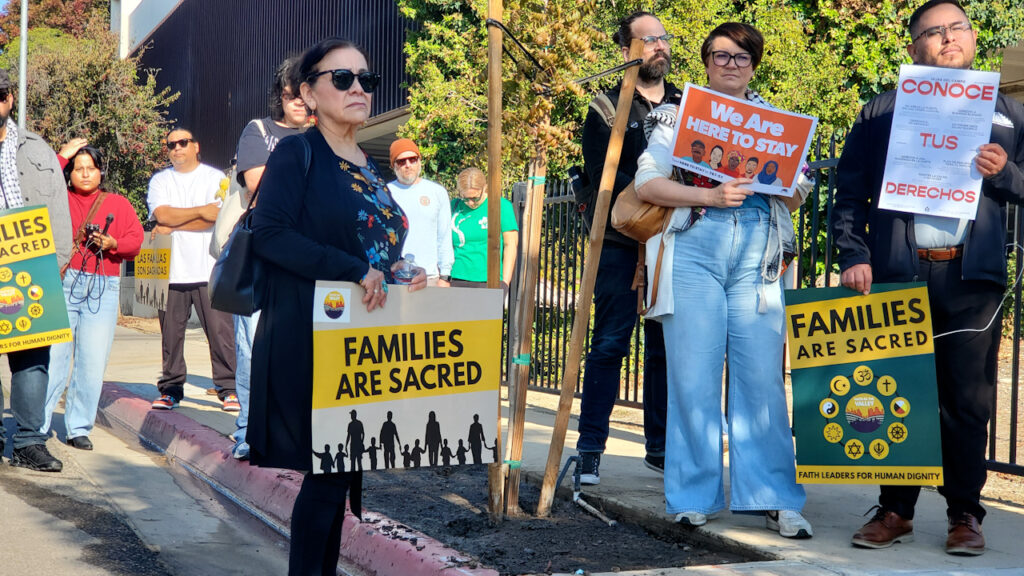Rising food costs may stem more from corporate consolidation in agriculture than simple supply chain issues, experts suggest. (Depositphotos)

- Corporate consolidation means fewer than 60 companies supply 87% of U.S. eggs, impacting prices and availability.
- The U.S. has shifted from a major food exporter to a net food importer, spending billions more than it earns on food trade.
- Avian flu affects egg and milk supplies, but experts point to potential price fixing by major distributors as a key issue.
Share
Fewer than 60 companies supply 87% of the eggs on store shelves in the United States, according to the American Egg Board. Corporations now own one-third of all family farms in the U.S. While it may seem easy to blame bird flu for egg shortages and escalating prices, at least one farmer says the roots of the problem run deeper, go well beyond eggs and could lead to even greater issues.
The USDA Economic Research Service reports the average American will consume an estimated 22.6 dozen eggs in 2025, down drastically from previous years. By the end of January, the retail price for a dozen eggs skyrocketed to 53% higher than just a year earlier – and experts predict costs will climb another 41% this year. And it’s not just eggs. The average shopper pays significantly more for almost all of their groceries, while the companies report record profits.
Jeff Bender has been a grain farmer in North Carolina for more than 40 years. He was recently interviewed by the ” Organized Money ” podcast, pointing out the real reasons why the cost of eggs, milk and other commodities keeps rising. It’s not solely a supply chain issue – the bigger problem is who’s running the supply chain.
Once Upon a Time, Old McDonald Had a Farm
From the earliest days of the United States, agriculture drove our nation’s success and prosperity. At one time, 90% of people employed in the U.S. were farmers or worked for farmers. In 1910, there were approximately 6.4 million farms in our country, almost all run by individual families.
Unfortunately, that’s no longer the case. As of 2022, farmers and ranchers make up just 1.1% of the labor force, according to the United States Department of Agriculture. Bender guesses the handful of farm owners who provide 80% of our food could all fit into a large football stadium.
Of course, the earliest farms served a simple, specific purpose – they provided food for one homestead. Those early gardens evolving into farms grew a variety of food, like potatoes, corn, tomatoes, squash, beans, lettuce, cucumbers, select fruits, and the like, for humble food like stews.
Oftentimes, farmers would form loose co-ops, each growing a few main crops they’d trade with their neighbors. One farm would be all beans and tomatoes, another corn and squash. Some would raise chickens for eggs and meat, others pigs, others cattle. While each farm got more specific, the community was still diversified. Excess food was exported to neighboring counties, or to areas like the South that were limited in crop production, or devoted to things like cotton and tobacco.
The introduction of technology was a boon for these agriculturally-minded folks. Mechanization allowed the planting and harvesting of larger crops. Soil conservation meant places in the Dust Bowl and the South could add more varied foods to their repertoire.
When the Great European War broke out, food from the United States was suddenly very much in demand overseas. As a result, farmers took out loans to expand their fields, purchase more seed and invest in more equipment.
The New Generation
A combination of factors would change the face of American agriculture forever. Many soldiers who fought during The War to End All Wars came home without any desire to take over their parents’ farms. Loans came due, but depressed prices – and the stock market crash – forced many farmers deeper into debt or bankruptcy, and the loss of their farms, according to Iowa PBS.
The Agricultural Adjustment Act of 1933, part of President Franklin D. Roosevelt’s New Deal, set limits on the size of the crops and herds farmers could produce and paid subsidies to leave land unplanted. To this day, many farmers are paid to grow crops that are never sold.
The Land Report notes the federal government is the number one landowner in the U.S. today. While a good portion of that area is national parks, a significant amount is unused or repurposed farmland.
Technically, the majority of farms are classified as family owned, just over 60% of all farms, and have held steady for the past 50 years. When last measured in 2020, 31% of all farmland – 283 million acres – was held by private companies, and an increasing amount by foreign countries.
As a result, fewer people than ever before know how to farm traditionally in the United States. And far fewer farms are diversified. Most farms and ranches in the U.S. focus on one or two crops or livestock. Instead of growing corn, soybeans and tomatoes, now they just grow soybeans.
Instead of thousands of egg suppliers, we now have 59 companies responsible for 87% of egg production. Four of them provide 28% of eggs sold – and at least one has already been fined for price fixing. With so few suppliers, if there is a devastating disease or plague outbreak, it spreads faster and can affect a much larger portion of the food supply.
Bird Flu and Mad Cows
Yes, avian influenza is a problem, cutting into the supply of eggs. It’s also now affecting cows, resulting in useless milk and beef, and may spread to other areas, including potentially humans. But the larger issue is those 59 companies. With only so many producers of USDA-approved eggs across the country, it becomes nearly catastrophic if one or two of their massive operations get infected.
However, experts say egg production has only reduced by 3-5% over the past three years since the bird flu first showed up. Egg prices went up 200-300% higher, while egg supplies only dipped marginall, leaving plenty of eggs for your breakfast. Meanwhile, egg companies profited handsomely. Earlier this month, the Department of Justice announced it opened an investigation into price fixing among egg distributors.
Input vs. Output
COVID was a devastating wake-up call for many things. But one thing we haven’t managed to completely learn is how to deal with our dependence on foreign goods. 100 years ago, the United States supplied food to a good portion of Europe.
According to Bloomberg, as of 2023, the U.S. is now a net food importer. That means we pay to bring more food into the country than we send out. The experts Bloomberg talked to estimate we will spend $49 billion more on food imported to America than we earn on what we send to other nations.
Our cattle inventory is the smallest it’s been in nearly 75 years. Meanwhile, we imported 4.635 billion pounds of beef last year, mostly from Australia and Canada. With the rise of tariffs, we’re losing sources of income, like tourism, while encouraging the countries that provide us with food to drive prices up across the board.
Turn the Tide Together
America is on the edge of a potential collapse unless we find a way to right the ship. Too few people own too many of the products and sources of production. Without protections in place or incentives to drive more farmers and ranchers, we’ll grow a lot of corn for fuel while we replenish our food supply.
Jennifer Allen is a retired professional chef and long-time writer. Her work appears in dozens of publications, including MSN, Yahoo, The Washington Post and The Seattle Times. These days, she’s busy in the kitchen developing recipes and traveling the world, and you can find all her best creations at Cook What You Love.



